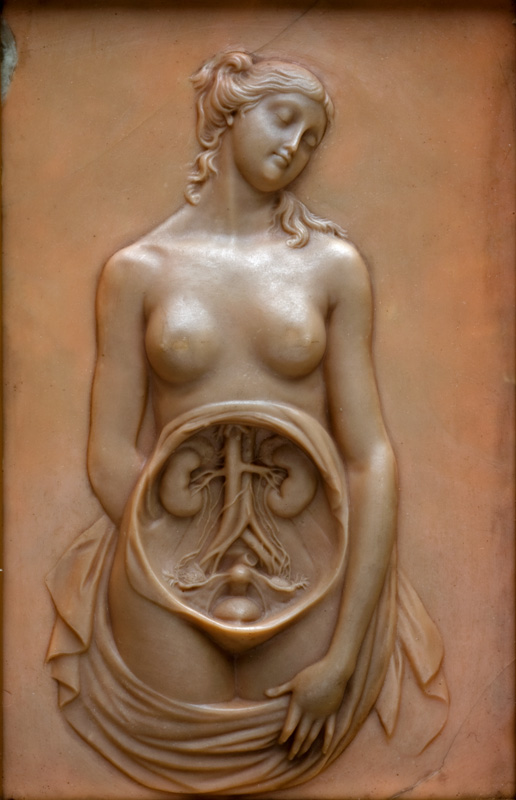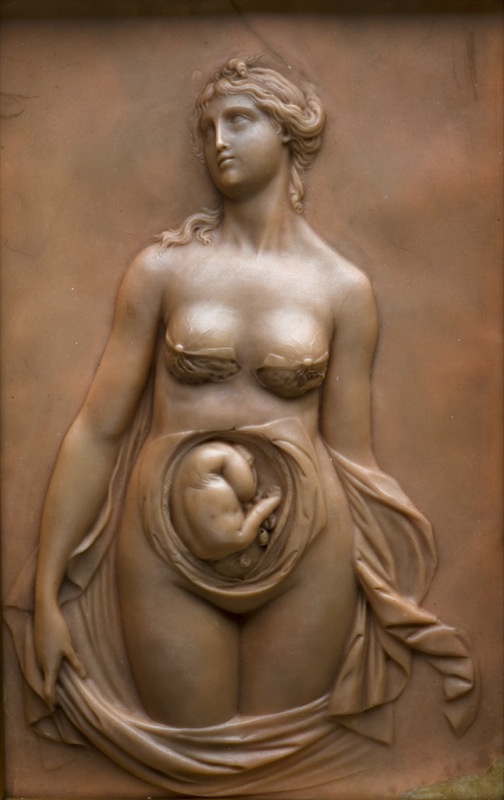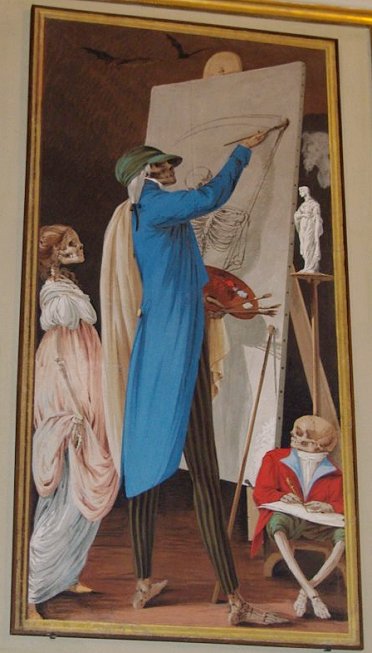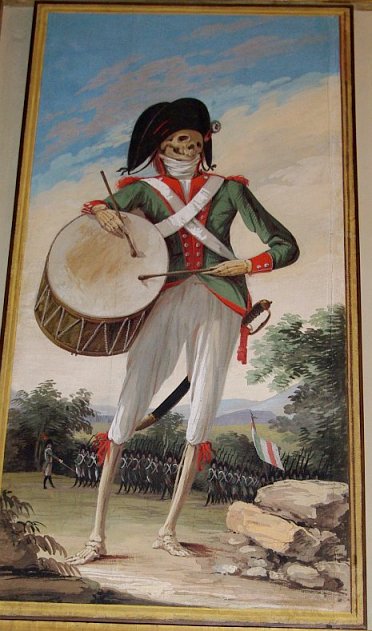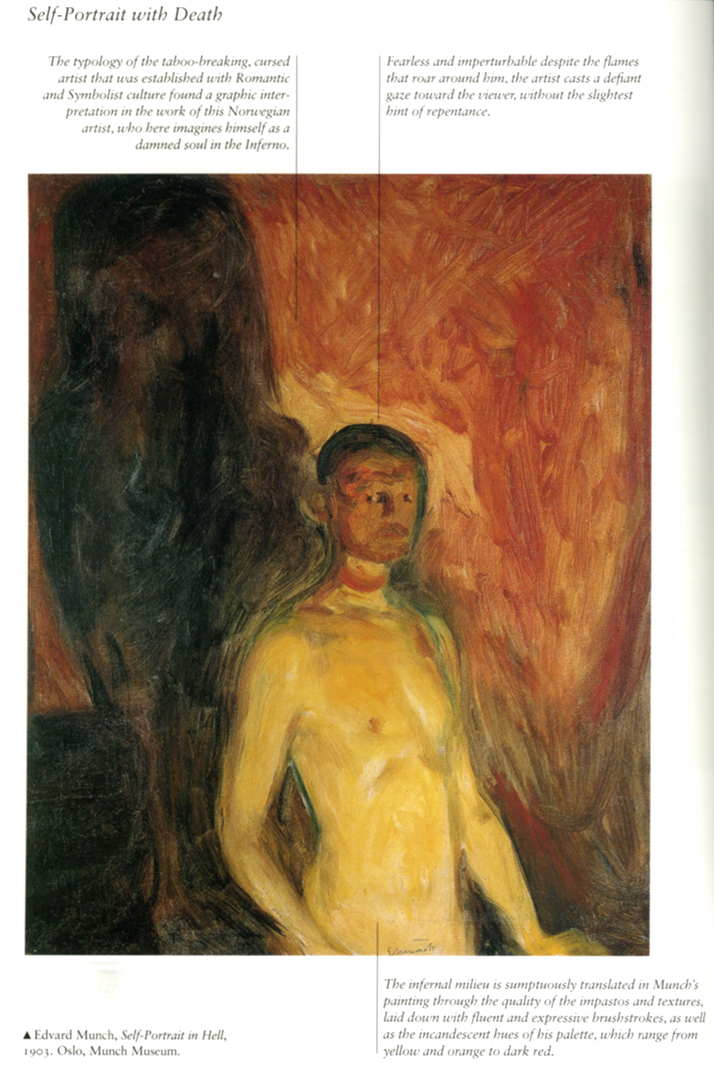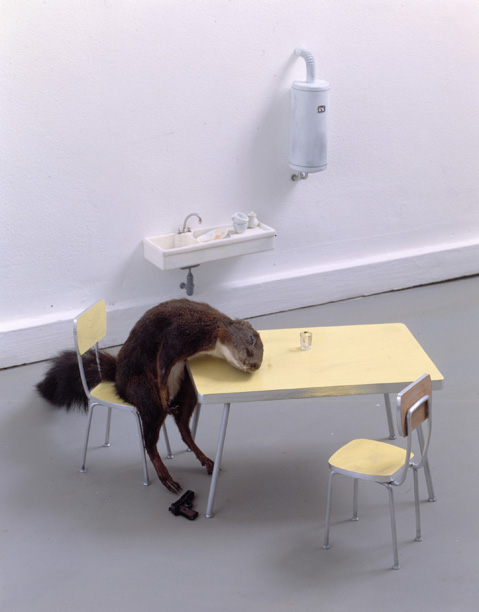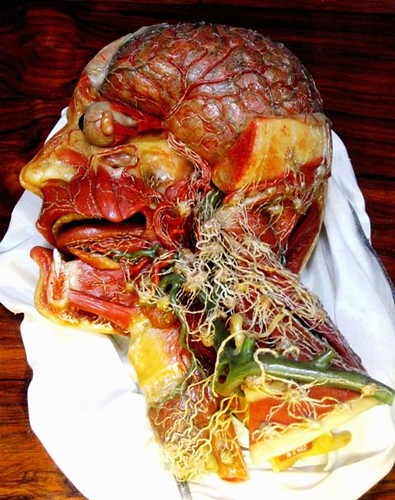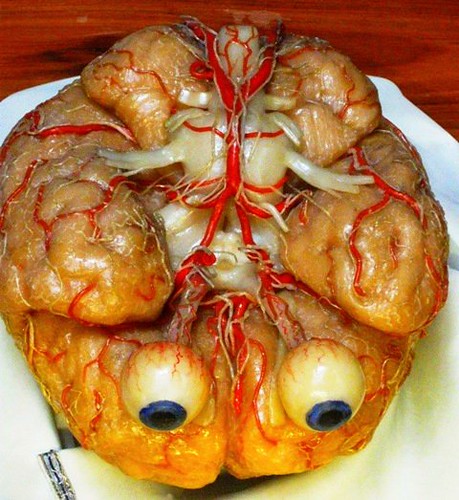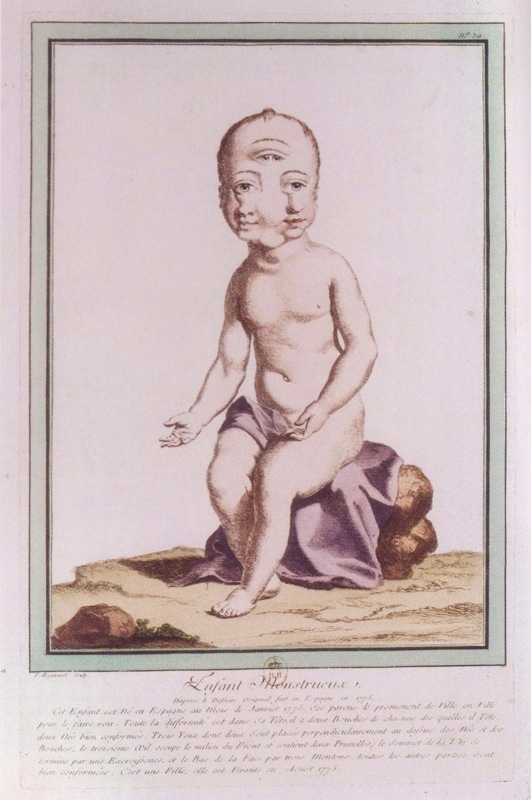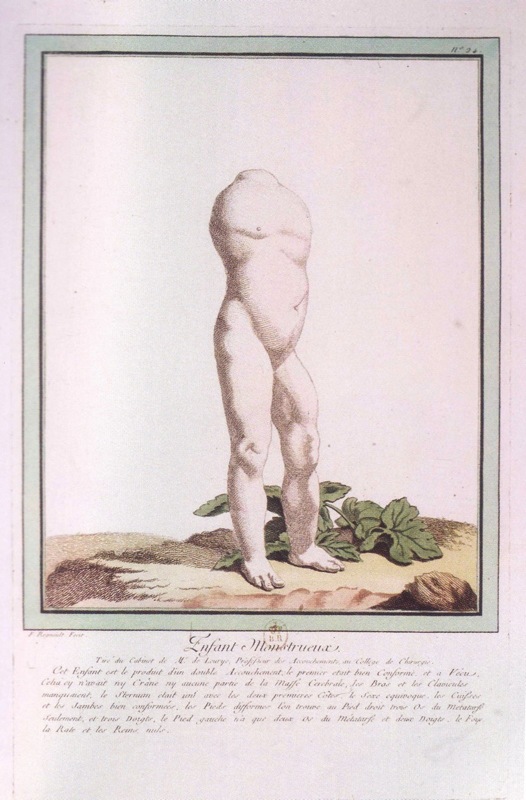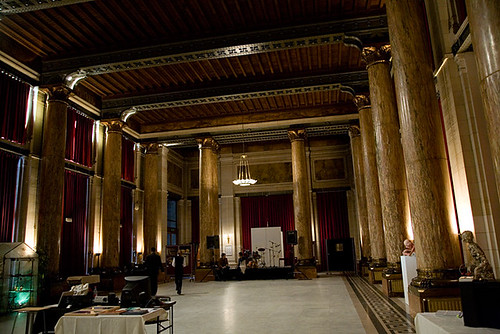
Morbid Anatomy would like to invite all readers to a book release party for
"Confronting Mortality with Art and Science: Scientific and Artistic Impressions on What the Certainty of Death Says About Life,"
the illustrated catalog for
a conference of the same name that I partipated in back in 2007 in Antwerp (see image above).
The event, which is free and open to the public, will take place next Monday, March 2 at 7:30 PM in the as-of-yet un-named space (more on this soon! And more events in this space to come!) sandwiched between Proteus Gowanus, Cabinet Magazine, and the
Morbid Anatomy Library; For full practical details, see the bottom of this post.
Also featured in the evening's festivities will be a screening of the book's companion film "Art : Science = Science x Art" (a 30 minute documentary on Medical Art), and the whole will be introduced by visiting editors fresh off the plane from Belgium, Ann Van de Velde and Pascale Pollier-Green. There will also be wine.
Here is some information about the book, care of the editors:
"Confronting Mortality with Art and Science: Scientific and Artistic Impressions on What the Certainty of Death Says About Life" is a rare entry into the nexus of science and art, this thought-provoking exploration introduces the ongoing research by scientists and artists into the fascinating subject of death and mortality. The unique practices of medical and scientific artists share a desire to piece the world together using the power of representational drawing. Their common belief that to draw is to see seeks to answer the riddles of mortality through the cultivation of their art, and what begins as an exploration of death ultimately becomes a celebration of life. This collection presents an introduction to the front lines of medical and scientific art, elaborating upon the ethos of their movement, and showcasing some of their greatest discoveries.
Artists, and more specifically medical artists, have always incorporated the various symbols of death, the cessation of biological functions, throughout their work. They believe it is important to identify with the concept that we are in fact mortal creatures. Nevertheless they consider their work to be a celebration of life and a preservation of something beautiful.
In "Confronting Mortality with Art and Science" it is not Art for the service for Science and vice versa, because there must always remain some degree of integrity of disciplines; a sort of demarcation of discourse, intentions, motivations and outcomes. This does not exclude very close ties and cross fertilisation/contamination between Art and Science. Only when the demarcation is there, however, will the results will be focused and enormously interesting.
Most of the presented work in this book is an ongoing visual investigation of mortality. Artists and scientists draw carefully observed representations of things that have wandered off this mortal coil - birds, plants, bugs and animals. Each is equal to the others in its mortality. Medical and scientific artists have a desire to pull the pieces of the world together, to make it whole and to make sense of our fractured reality. They believe in the power of representational drawing. To draw is to see. Sometimes the work is complete when the drawing is finished. At other times the drawing becomes a point of departure…"
Authors: Rudy Van Eysendeyk (B) Jacques M.C Spee (NL) Patrick McDonnell (CAN) Beverly Ress (USA) Emmanuel Gilissen (B) Frederic Daman (B) Francis Van Glabbeek (B) Robrecht Van Hee (B) Eleanor Crook (UK) Werner Jacobs (B) Richard Neave (UK) Wim Hüsken (B) Patrick Allegaert (B) Filip Geerardyn (B) Jeff Wyckoff (USA) Bart Koubaa (B) Laurie Hassold (USA) Jo Ann Kaplan (UK) J. Fabre (B) & EO Wilson (USA) Elisabetta Cunsolo (I) Erika Giuliani (I) Bernard Lernout (B) John McGhee (UK) Maartje Kunen (NL) Robert Zwijnenberg (NL) Sofie Hanegreefs (B)
Artists: Caitlin Berrigan (USA) Phil Bloom (NL) Eleanor Crook (UK) Joanna Ebenstein (USA) Bryan Green (UK) Laurie Hassold (USA) Jo Ann Kaplan (UK) Adrienne Klein (USA) Dries Magits (B) Joanneke Meester (NL) Museum Dr. Guislain (B) Caroline Needham (UK) Chantal Pollier (B) Pascale Pollier-Green (B) Robert Quint (F) Jody Rasch (USA) Beverly Ress (USA) Jess Rutten (B) Martin uit den Bogaard (NL) Ann Van de Velde (B) Donat Willenz (B) Jeff Wyckoff (USA)
With the kind support of the ‘Association Européenne des Illustrateurs Médicaux et Scientifiques’ (AEIMS) and the ‘MedicalArtists’Association of Great Britain’ (MAA), the ‘Association of Medical Illustrators’ (AMI), the ‘Vesalius Trust’ and ‘Art & Science Collaborations, Inc.’ (ASCI).
This should be a really good event! Hope to see you there!
Practical Details"Confronting Mortality with Art And Science: Scientific and Artistic Impressions on What the Certainty of Death Says About Life" Book Release Party and "Art : Science = Science x Art" Film Screening
Monday, March 2, 2009
7:30 PM
Admission: Free
Address: 543 Union Street, Brooklyn, New York 11215
Entry via
Proteus Gowanus Interdisciplinary Gallery and Reading Room; go through back door of gallery, then take a left to find event. Directions
here or call 718.243.1572.
Feel free to email me at
morbidanatomy@gmail.com with any questions.
ADDENDUM: Due to many queries I have received on this matter--if you would like to purchase the book but can not attend the event, you can do so by clicking
here.
